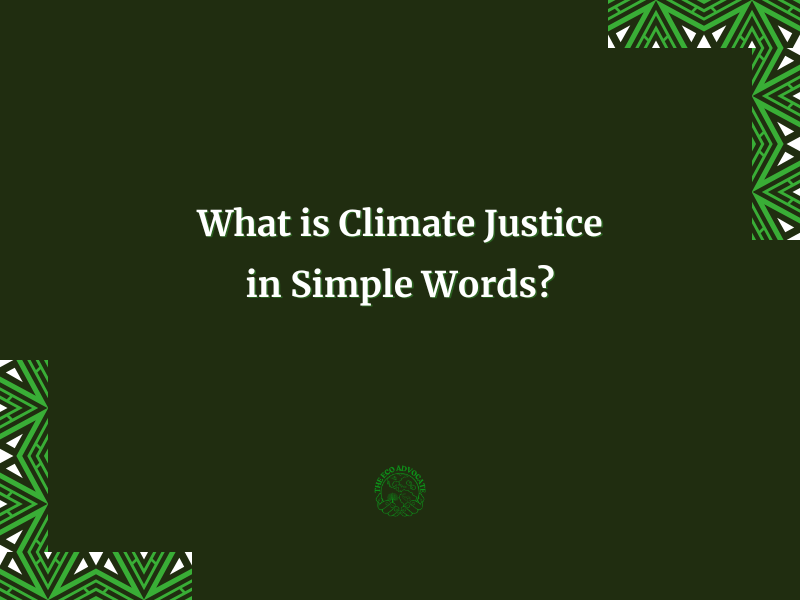Climate justice is a term that we’re hearing more and more as the world experiences the effects of climate change. But what does it really mean? In simple terms, climate justice looks at climate change not just as an environmental issue but as a social one, too. It’s about recognizing that those least responsible for causing climate change often suffer the most from its effects.
Understanding Climate Justice
At its core, climate justice is about fairness. It’s about understanding that climate change impacts people differently based on where they live, their economic situations, and their access to resources. Imagine two people living in different parts of the world: one in a wealthy city with resources to adapt, and the other in a small rural community that relies on farming. While both experience climate change, the one in the rural area is likely to face much greater hardship.
Key Points of Climate Justice
- Responsibility: Industrialized countries have historically contributed most to greenhouse gas emissions, while developing nations are often left to bear the brunt.
- Impact on Vulnerable Groups: Climate change affects vulnerable populations—like Indigenous communities, low-income families, and people in small island nations—much more harshly.
- Human Rights and Equity: Climate justice argues that everyone should have equal rights to clean air, water, and a safe climate.
Conclusion
When we talk about climate justice, we’re not just talking about saving the planet. We’re talking about saving people, especially those who have done the least to cause climate change but face its harshest impacts. It’s about making sure that everyone has a fair chance to live safely on this Earth, no matter where they’re from.

